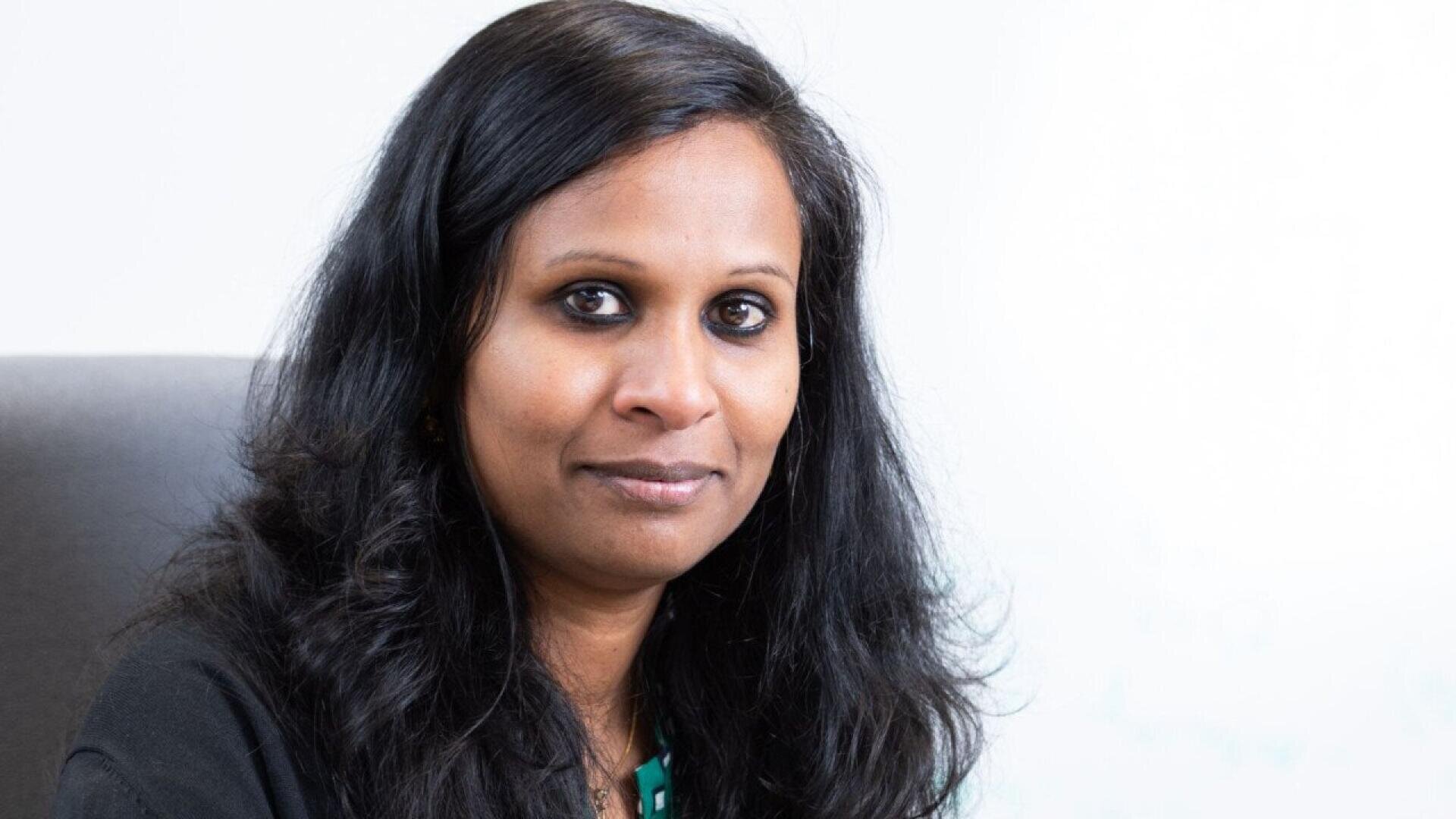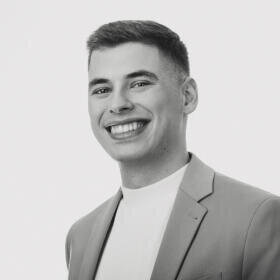Driving force for pacemakers – Sofia Binias in portrait
Sofia Binias worked for a long time in quality assurance for pacemakers at the manufacturer Biotronik. In technology development, she is now significantly involved in the creation of new active implants. She is also part of our series in which we introduce female pioneers in medical technology.
"My two favourite subjects have always been maths and physics," Sofia Binias recalls of her school days. The two subjects have in common that you solve puzzles, a characteristic that has always attracted her - the more complicated the puzzle, the better. "My physics degree was born out of my passion," she says. And this passion continues to this day.
After graduating, she worked as a research assistant in basic research. "That's when I realised that it takes too long for the findings we make in our experiments to actually become reality," says Binias. So she decided to switch to industry so that her research could take shape more quickly. "Biotronik was chosen because it is one of the key industrial players in the capital," she says. "I grew up in Berlin and wanted to stay."
 Adjustment of the fibre coupling of a solid-state laser.
Adjustment of the fibre coupling of a solid-state laser.
When profession and passion coincide
This choice quickly proved to be the right one for Binias. At Biotronik, her creativity and passion for puzzles found an open ear. After all, engineers are constantly busy recognising problems and finding solutions to them. There are also specific product and customer requirements. "Getting creative and inventive for this absolutely fits in with my passion. Then suddenly it's no longer work, but a vocation."
Binias has worked in quality assurance for a total of twelve years. This area of work fits in well with her perfectionism and "optimisation mania", as she calls it. "We make sure that the products are manufactured in such a way that no errors creep in," she says. Hardly any other department has such a deep insight into the product. In quality assurance, they put the pacemakers through their paces, from the various components to monitoring the individual production steps. So-called 100 per cent tests are used at many points. "This means that each device is tested individually, not by random sampling. This is time-consuming, but we are happy to do it because it is the only way we can ensure that all pacemakers on the market work and are free from defects. That is our claim and that is why we test every single product," explains Binias.
Biotronik also uses the results from the tests to develop new products. "Over time, I realised that I enjoy being involved in this improvement myself," says Binias. Even during her time in quality assurance, she enjoyed supporting colleagues from product development, so it was an obvious move to the "other side". It was a sensible move, as she knows what is tested and how and can take this into account in development.
Solving problems with creative meetings
"My day as a group leader doesn't sound that exciting because it consists of a series of meetings, one after the other," says Binias. However, the content of the meetings is what makes it exciting for the product developer. This can be coordination and feedback for new ideas, but also products that have already been realised with laboratory results. "I sometimes go to a trade fair to look for new inspiration or attend a training course, but it's basically a more theoretical job."
Nevertheless, the product developer can let off steam creatively when it comes to technologies for the implants of the future. These should have new functions, but also be smaller for the patient. And in the future, AI should be able to support doctors even better in diagnostics.
 Active implants: Implantable defibrillator (front), pacemaker (back left), implantable cardiac monitor (back right).
Active implants: Implantable defibrillator (front), pacemaker (back left), implantable cardiac monitor (back right).
In addition to everyday meetings, the group leader also holds regular creative meetings at Biotronik. Anyone from the company can take part, even from other departments, because the more inhomogeneous the group, the more interesting the ideas. These ideas should lead to creative solutions for engineering issues. "Everyone should write down whatever comes into their head and it is very important not to think too much. You should literally think about how you would solve the problem," explains the product developer. Binias wants to convey creativity and inspire others with it. She sees great potential in the combination of experts and non-experts and in leaving one's own specialised bubble to open up new fields.
Internal mentoring for everyone!
In addition to her meetings in product development, the group leader also mentors within Biotronik - with junior colleagues from her department. As a mentor, Binias then teases out the individual talents of her counterparts. "I particularly want to encourage young female talent and advise anyone who enjoys STEM to give it a try. The worst case scenario is failure, but the best case scenario is progress." And Sofia Binias has proven how far you can get with passion and perseverance.


